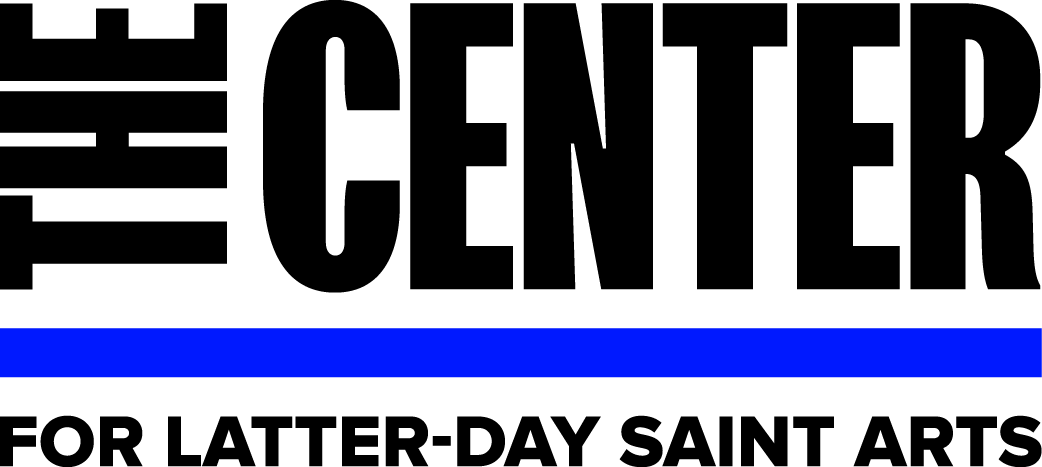April 21-27 D&C 37-40
"If Ye Are Not One Ye Are Not Mine"
Aïsha Lehmann Tanner (American, born 1997)
Touching the Color Line (2020)
Graphite and collage, 15 x 11 inches
Collection of the artist
Artist’s website
Used with permission of the artist
A conference of the Church in Fayette, New York in 1831 was the occasion for a revelation to Joseph Smith that includes this statement: “I say unto you, be one; and if ye are not one ye are not mine (D&C 38:27). This is an echo of John 17:21, “That they all may be one; as thou, Father art in me, and I in thee, that they also may be one in us: that the world may believe that thou hast sent me.” In the 1831 revelation, however, a new warning sentiment is added, that if we are not one, we are not His.
The artist Aïsha Lehmann Tanner’s works are personal explorations of bi-racial identity. This series is based on the concept of the “color-line.” W.E.B Du Bois coined the term when he said, “The problem of the twentieth century is the problem of the color-line.” He and scholars today use the term to refer to the continued discrimination, segregation, inequalities, and injustices that prevent persons of color to navigate society as white people are able to. Regarding the image above, Touching the Color Line, Tanner writes, “What is it like for a person of color to be solely defined by that color and prevented from defying the color line? What is it like for a person of color to try to overcome color divides in this country? What is it like for a person of color to have to navigate white spaces?”
Discussion Questions
Jesus teaches us to "esteem" others as ourselves, including practicing virtue and holiness (D&C 38:24-25). How do the concepts of treating each other with esteem and the practice of virtue and holiness relate to each other?
Jesus instructs us to administer relief to the poor and the needy (D&C 38:34-36). In what specific ways have you felt someone administer relief to you? What did this experience teach you about how to bring relief to others?
Jesus created the world (D&C 38:1-3). Where do you see His hand in your piece of this world?
For Children & Youth
Hello. Do you know the song, “Jesus Said Love Everyone”? Moiselle Renstrom wrote this short song in 1940. Here are its lyrics: Jesus said love ev’ryone;/ Treat them kindly too./ When your heart is filled with love,/ Others will love you (Children’s Songbook, p. 61). Renstrom wrote many, many songs for children. You probably know “Once There a Snowman” (1955) and “Mother, I Love You” (1958). After her mother passed away, she raised her nine brothers and sisters, although she was only 19 years old. “Jesus Said Love Everyone” has a simple message for us. Does everyone deserve to be loved? Yes. And who is to love them? Jesus has the answer: you.
Discussion Questions
Jesus tells Joseph Smith and Sidney Rigdon that the members of the Church "should assemble together" (D&C 37:3). What are the benefits of assembling all together in one place? How does it make you feel when you get together with people you love?
Jesus says we should "gird up your loins and be prepared" (D&C 38:9). What do you think it means to "gird up your loins"? What are you doing to "gird up your loins" to "be prepared"?
Jesus wants us to all "be one" (D&C 38:27). How can we "be one" when our Heavenly Parents made us all to be unique? Can we still be individuals and be one?
Art Project
The scriptures that we read this week taught that Jesus will be our king and watch over us (D&C 38:21). Kings often wear crowns. Design a crown that you think a king like Jesus might wear to watch over His people, His people who He has set free (D&C 38:22).





